What Is Commercial Photography? And Do You Really Need a Contract?
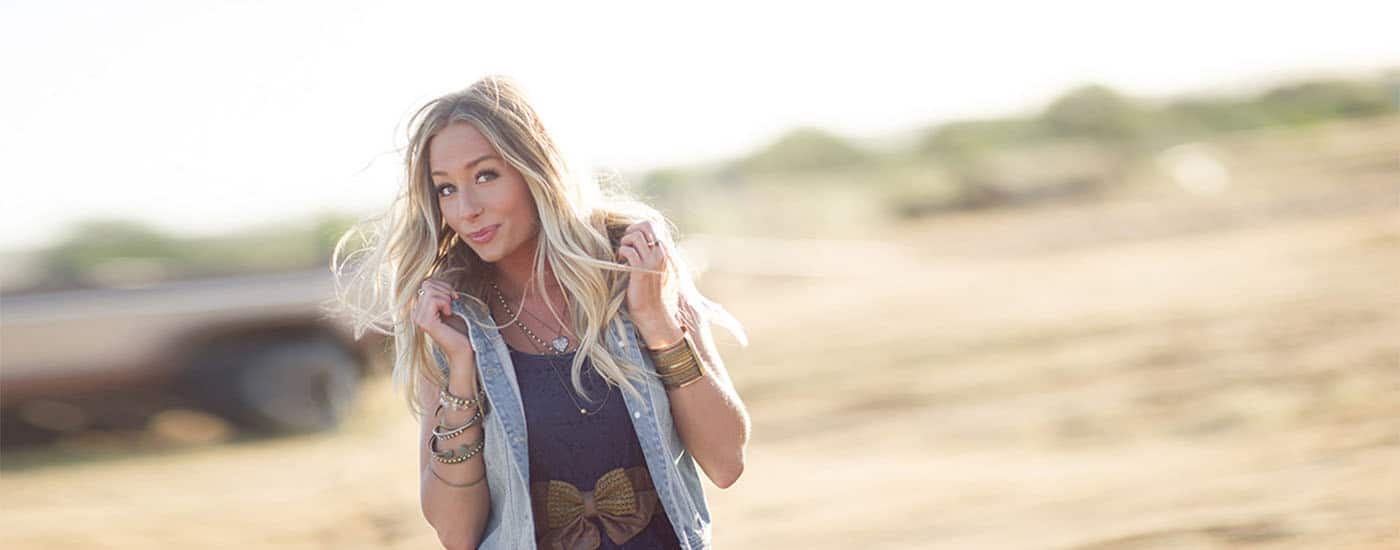
What is commercial photography anyway? Do you really need a specialized commercial photography contract? Here’s how brands and businesses can be a great source of ongoing income – if you do it right!
Whether you’re already booking commercial photography clients, or simply considering commercial photography as a new stream of income, you likely have a few questions. We reached out to photographer Kim Fetrow to discuss her foray into the commercial realm, the importance of using a commercial photography contract, and how ShootProof helps ensure that her commercial clients will return again and again.
“What is commercial photography anyway?”
Simply put, commercial photography is the creation of images for use in sales, marketing, packaging, or other income-generating materials. Great commercial photography can include portraits, lifestyle imagery, landscapes, architecture, fashion, food, and every other type of photograph you’ve ever seen used to advertise or sell a service or product photography.
Kim began booking her own photography commercial contracts when, after more than a decade as a staff commercial photographer, her employer closed up shop, and encouraged Kim to take over their accounts. Today, Kim’s commercial photography projects run the gamut from gourmet dishes to CEO headshots to storytelling editorials. And while Kim is well-equipped to style, light, and photograph nearly any subject, she does have her commercial photography favorites.
“I love photographing medical stuff, I love photographing wine, and I love photographing big agricultural farms.”
“How do you book your ideal commercial photography clients?”
“I’m a firm believer that good work breeds more good work.”
To land your first photography commercial contracts, Kim suggests that newer shooters create their first commercial image on spec.
What is “spec work”?
AIGA defines spec – or speculative – work as “work done prior to engagement with a commercial photography client in anticipation of being paid.” It’s very clear that AIGA does not condone spec work, asserting that all creatives should be paid a fair wage for their work. However, there are ways to work on spec that don’t demean your profession or undermine your industry. Keep reading!
You may already be creating spec commercial work without realizing it!
Consider these commercial photography examples:
- You already photograph the beautifully-plated meals at high-end weddings or events. Use those images to begin a portfolio of food commercial photography.
- Incorporate commercial photography headshots into every portrait photography session, and establish a headshot portfolio. When you book an official headshot job, take the opportunity to also make a few photos of your client’s office. If you have time, Kim recommends also making at least one environmental portrait photography that highlight their workspace.
- If you want to photograph jewelry or home goods or cars, you can do this without a client’s involvement at all! Simply task yourself with mastering the necessary skills, then invest time into creating a diverse portfolio highlighting that commercial photography genre.
Rather than building a brand-new website to showcase your developing commercial photography skills, create public ShootProof galleries you can easily share with potential commercial photography potential clients. You can even create a subdomain such as “food.janedoephotography.com” and point that URL to the appropriate ShootProof gallery.
Identify Your Dream Commercial Photography Client-Type
“I love working with large companies who have an established marketing budget. I love smaller clients also, but I’ve found that they are way more conscious of every dollar – and they should be; they’re smaller companies. But sometimes the small-budget clients end up being a lot more work than the bigger-budget clients who are used to paying contractors.”
Kim does occasionally scale her rate to suit the budget of a client she enjoys, or whose product she values. But her bottom line always holds true.
“Either they have a commercial photography budget or they don’t.”
“Do I really need a commercial photography contract?”
The short answer: YES! But let’s go more in-depth.
Newer photographers frequently forego contracts altogether in an effort to book clients quickly. More experienced photographers in commercial photography often resort to a “one-size-fits-all” contract that isn’t truly drafted with commercial clients in mind. This contract outlines clear expectations for photographing a commercial product, service, or individual, and creates a legal relationship with the client. A commercial contract protects your copyright and maximizes your earnings with the following provisions:
- Usage: Sets permission on how anyone the commercial use of your images.
- Venue: Location and venue limitations.
- Non-refundable retainer: Advanced payment to secure the timing of the service provided.
- Payment methods and amounts: Sets how the client can pay.
- Right of discretion: Describes whether both parties can decide under a contract.
- Copyright ownership: Determines who owns the rights to the pictures.
- Territory: States if the client can print your photos locally or internationally.
- Acknowledgment of rights: Puts both parties to voluntarily agree to all of the terms of a commercial photography contract.
- Consideration and indemnification: Assumes a specific liability, potential or actual, of another party in the event of a loss.
- Third-party infringement: For when you or the client has infringed upon another party’s intellectual property rights.
- Force majeure: Relieves the parties from executing their contractual obligations in the event of certain circumstances beyond their control.
- Termination: Legal termination of the contract before the commercial photographer or the client can fulfill contractual duties.
- Cancellations: Applies if one of the parties needs to be released from the agreement due to their inability to fulfill their end of the contract.
- Waivers: Giving up of contract rights by one party.
- Confidentiality: The commercial photographer and the client promise not to disclose specific information to others without proper authorization.
- Jurisdiction: Enables the parties to elect which courts will have the right to adjudicate disputes under the commercial photography contract.
- Attorney’s fee: Identifies which party must pay the lawyers’ fees of the other party, as well as expected expenses.
Get your own commercial photography contract through the ShootProof Marketplace. It’s crafted by thelawtog, and includes all of the above provisions and more!
Importance of a Commercial Photography Contract
One of the best things about commercial photography is that it helps consumers visually see the important details of products or services. With a commercial photography contract, you can set limitations, terms, and conditions, so that everyone is clear on the services you’re providing.
Determines Your Client’s Needs
Discuss with your commercial photography clients details such as style, colors, tone, and branding strategy to ensure you are in line with the overall goal. Key points to consider are the number of photos, shot list, budget, timeframe and deadline, location, wardrobe, and props. Additionally, understand if the client will give a commercial use the photos for online advertisements, billboards, flyers, or other outlets.
Identifies Cost and Additional Fees
Some commercial photographers end up shelling out their own money because they didn’t include fees for matters like transportation or extra equipment. A contract sets a fine line about what you can and can’t provide. For example, your package includes payment for your studio and equipment. If your client wants to hire models, make-up artists, and stylists for a fashion shoot, you need to be honest with the client about possible additional costs.
Moreover, a contract protects commercial photographers against sudden claims or requests by a client. If a client wants to extend a photo session for two hours, you can safely ask for extension fees as long as this was stated in the contract.
“What Makes Commercial Photography Different?”
Project management and budget maintenance are handled uniquely by thriving commercial photographers.
“I’m responsible for the entire shoot, from beginning to end. Renting a helicopter and calculating the flight time from point A to Z – while still making money. Determining how much time is required to photograph a building, and organizing your shot list so each building is photographed in ideal light. It can be a lot to organize.”
Each commercial photography contract keeps Kim on her toes, challenging her ability to quickly adjust to new scenes and subjects.
“First you’ll be shooting exteriors, so that’s architectural commercial photography. Then, at the same job, you’ll be shooting products like food and wine; that’s food commercial photography. Next, you’re photographing people: headshots, candid captures, and action shots. You’re setting up lights, working during a lunch hour or before the business opens. You have to move very, very quickly. And you have to be on it.“
“What gear do I need?”
Kim feels strongly about using only professional camera models. The Nikon D4S and Nikon D3S are currently her go-to camera bodies, because they’re built to withstand a wide range of environments. Kim also recommends:
- Spider camera holsters and accessories for ultimate mobility
- a variety of lenses, covering wide-angle shots, portraits, and tight zooms
- Pelican case to protect gear while traveling
- off-camera flashes or strobes, light stands, and umbrellas
- White Lightning flashes
- Pocket Wizard remote triggers for your flashes
Behind the Scenes: Lighting Challenges
Kim admits to preferring natural light, but acknowledges that she rarely enjoys the luxury of shooting flash-free.
“I can’t tell you how many times I’ve walked into, say, a medical facility or some other location that’s uglier than ugly. It’s my job to figure out a solution and make that look good. I can’t make excuses about why it’s ‘not going to work.’ “
Follow-Through Is As Important As Booking the Job
Your amazing commercial photography can be quickly undermined by insufficient follow-through. Did you:
- arrive at the shoot with plenty of time to scout locations and connect with the creative director and/or clients?
- maintain an organized shot list and schedule, and ensure that you made all the required images?
- provide all deliverables according to your contract, in full and on-time?
In addition to earning repeat-business clients with her “under-promise and over-deliver” approach, Kim provides a seamless delivery experience through ShootProof. One of Kim’s clients is a hospital that sends every new doctor to Kim’s studio for headshots.
“I place all of the physician portraits in a private ShootProof gallery that I leave active year-round. This way, any hospital staffer – at any time – can access every physician portrait photography commercial I’ve ever taken for the hospital. I charge my client an annual fee for this ongoing storage and access. Providing this service is a great experience for my client, and it’s lucrative for my business!”
Use a ShootProof invoice to bill clients for annual access fees, or even to request payment for the full commercial photography contract. Add custom line-items, apply discounts, and accept your choice of cash/check, credit card, or both.
Be Free To Create
The artistry is up to you, but your business is stronger when you partner with the right commercial photography solutions for gear, galleries, and studio management. Free yourself to hone your technical skills, care for your clients, and stay engaged with your commercial photography community.
“With ShootProof, my clients’ images are delivered in a really beautiful way. They can see them and share them with other departments for downloading. It’s just really easy.”
BONUS Q: “What’s the craziest commercial photography contract you’ve ever booked?”
KIM: “Oh my gosh, I shoot for a company who provides the semen for the dairy cows. This means I’m making pictures of all these veterinarians with their arms elbows-deep in cows’ nether-regions. So disgusting. And I’m literally walking through cow crap, moving as far as I can get away from their rear ends, and these cows are just pooping and pooping and pooping. For like a half-mile I’m walking through this crap, and it stinks, and it’s horrible, and the poop is pulling my boots off my feet with each step. It was seriously the worst, worst thing ever.
“But I love this client! They’re great! The work is just so disgusting.”
Yes it is, Kim. And we’re here for it.
Written by ANNE SIMONE | Featuring KIM FETROW – Follow her on Instagram!

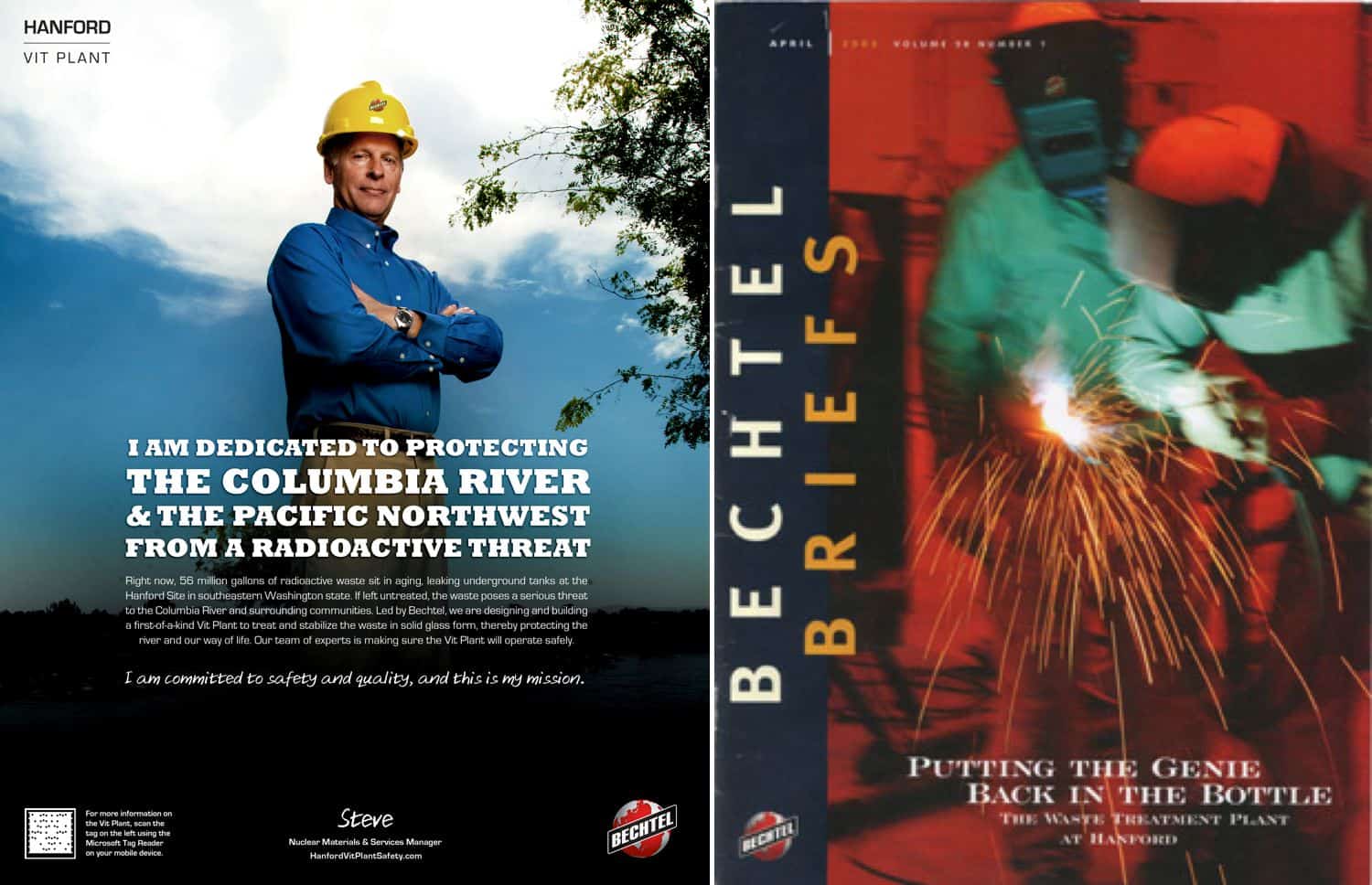

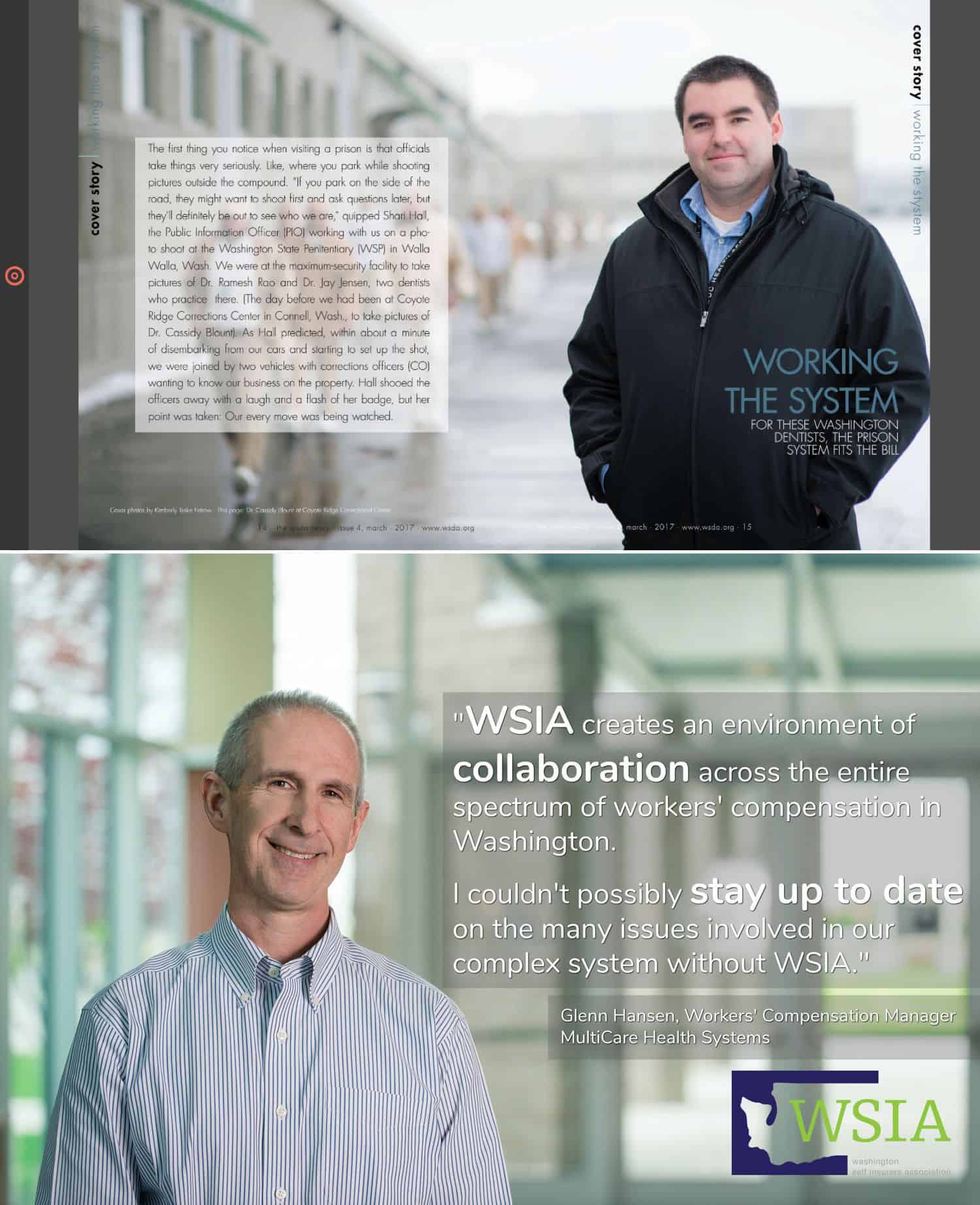
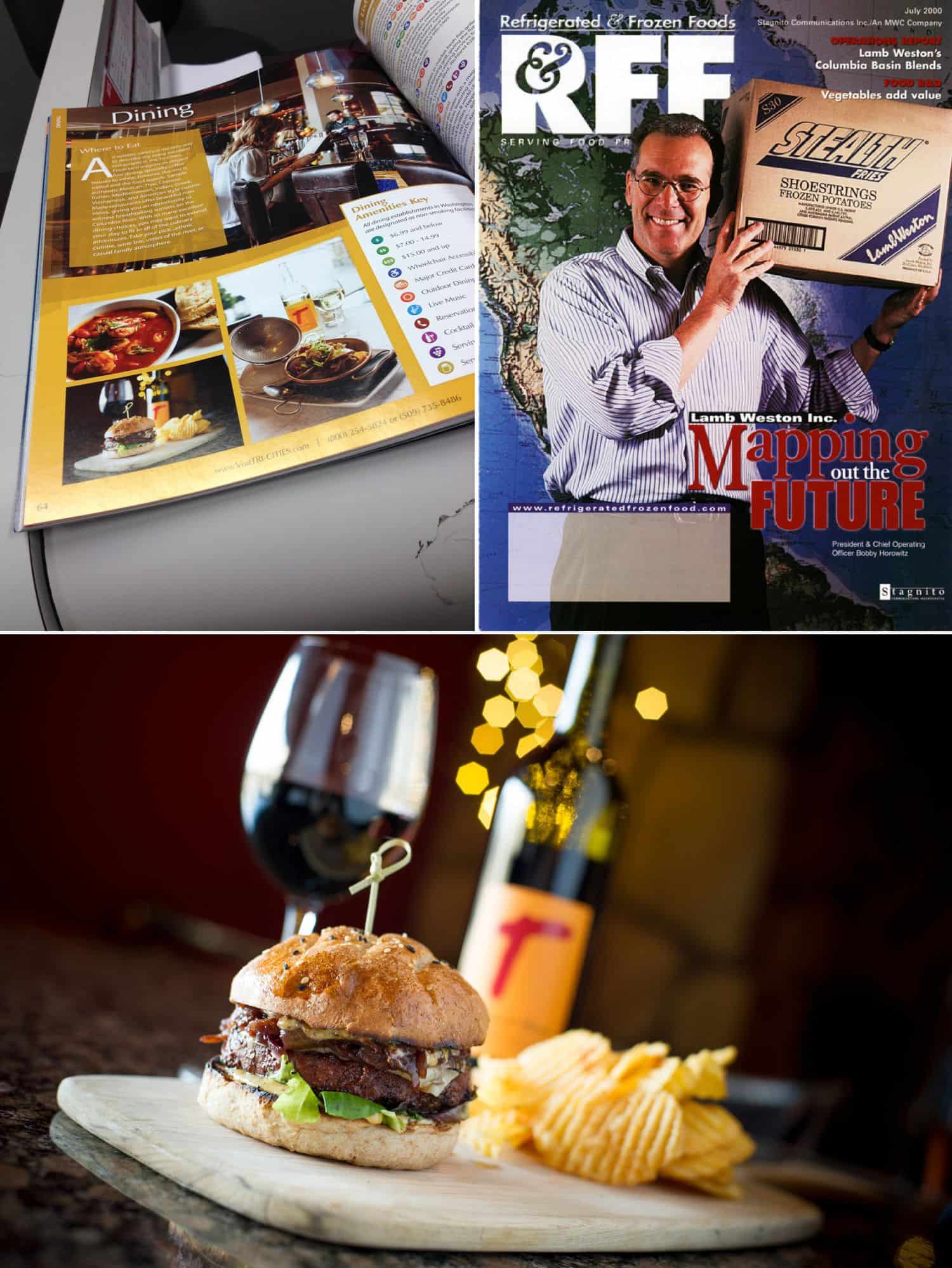
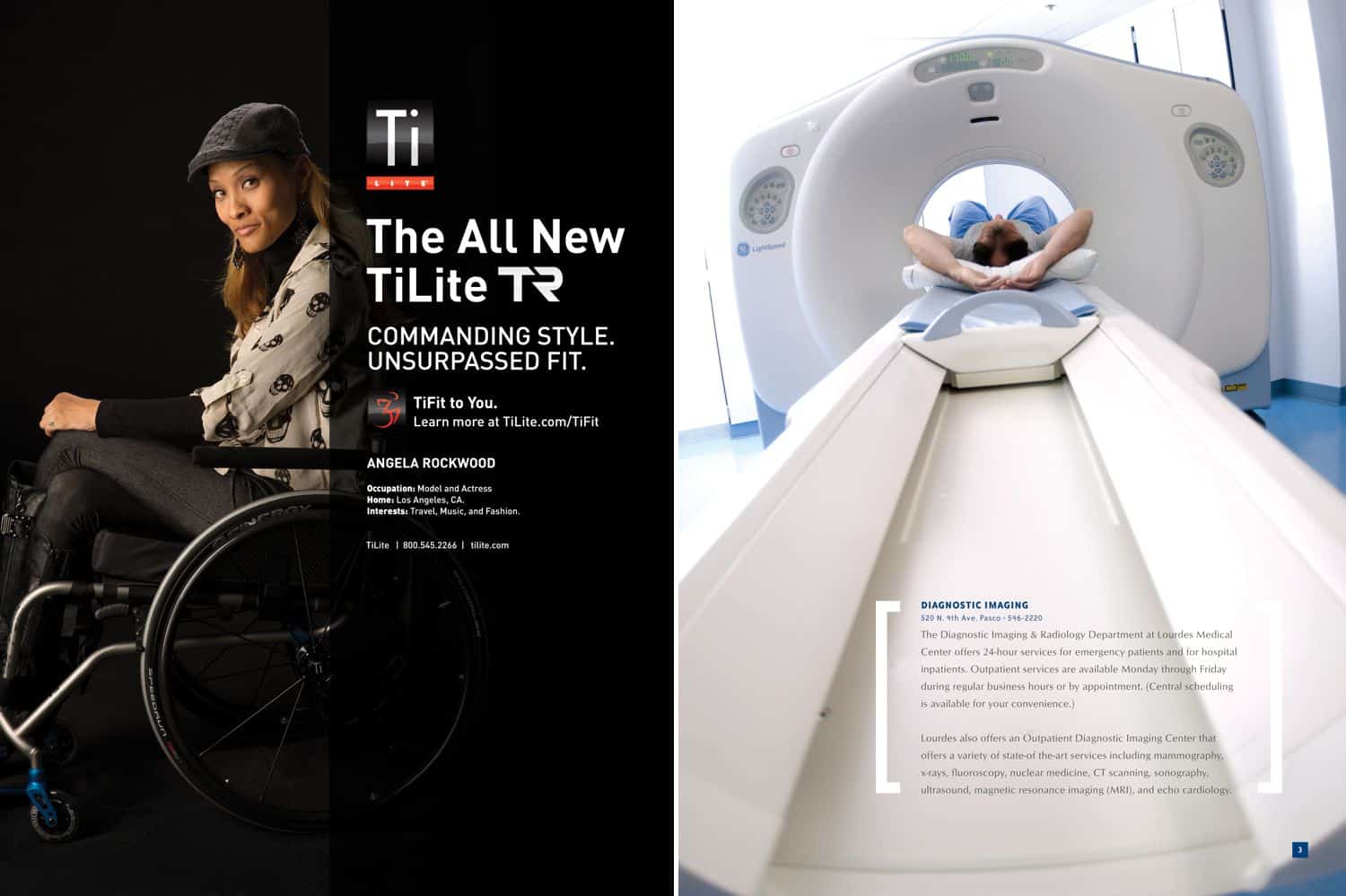

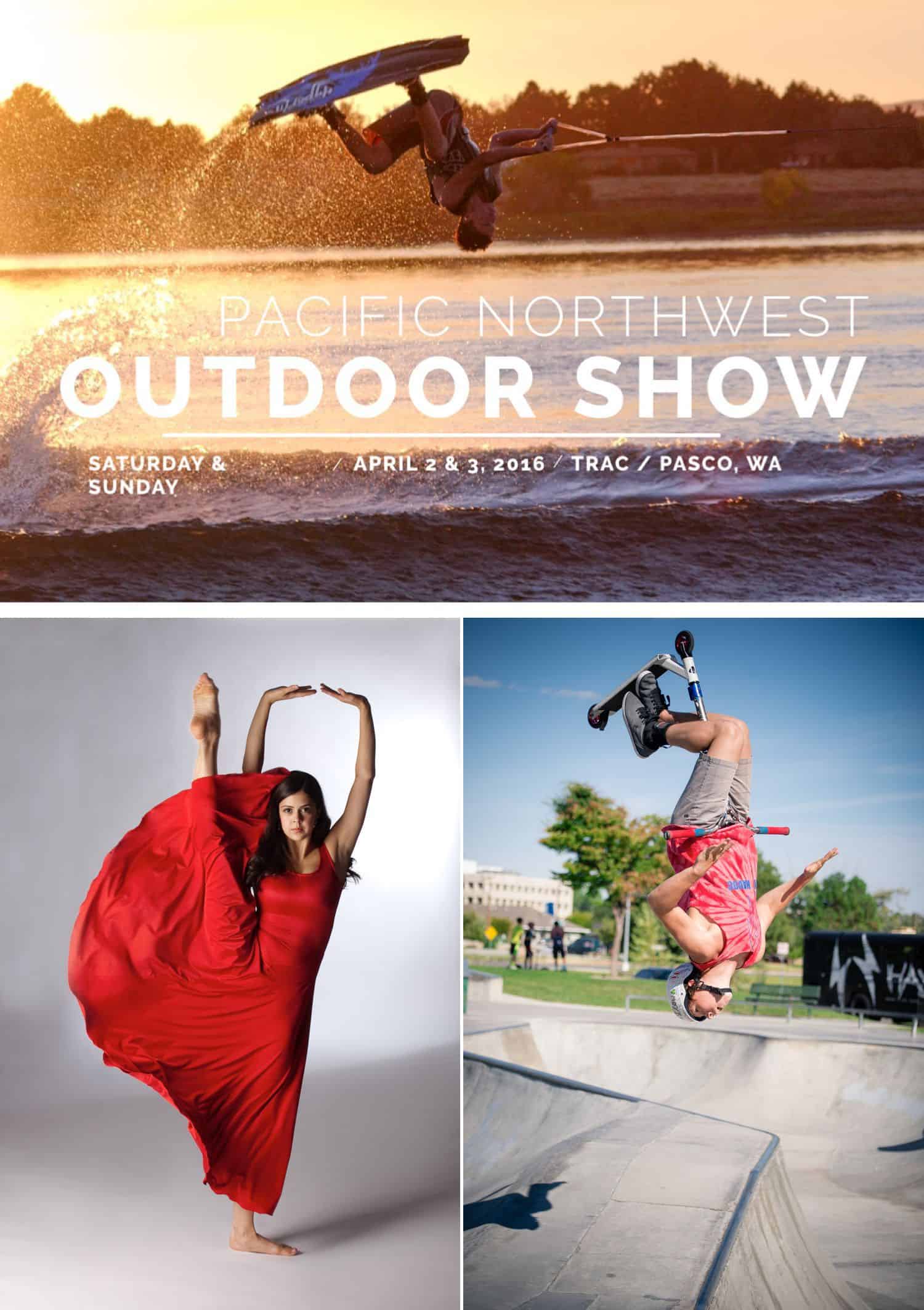
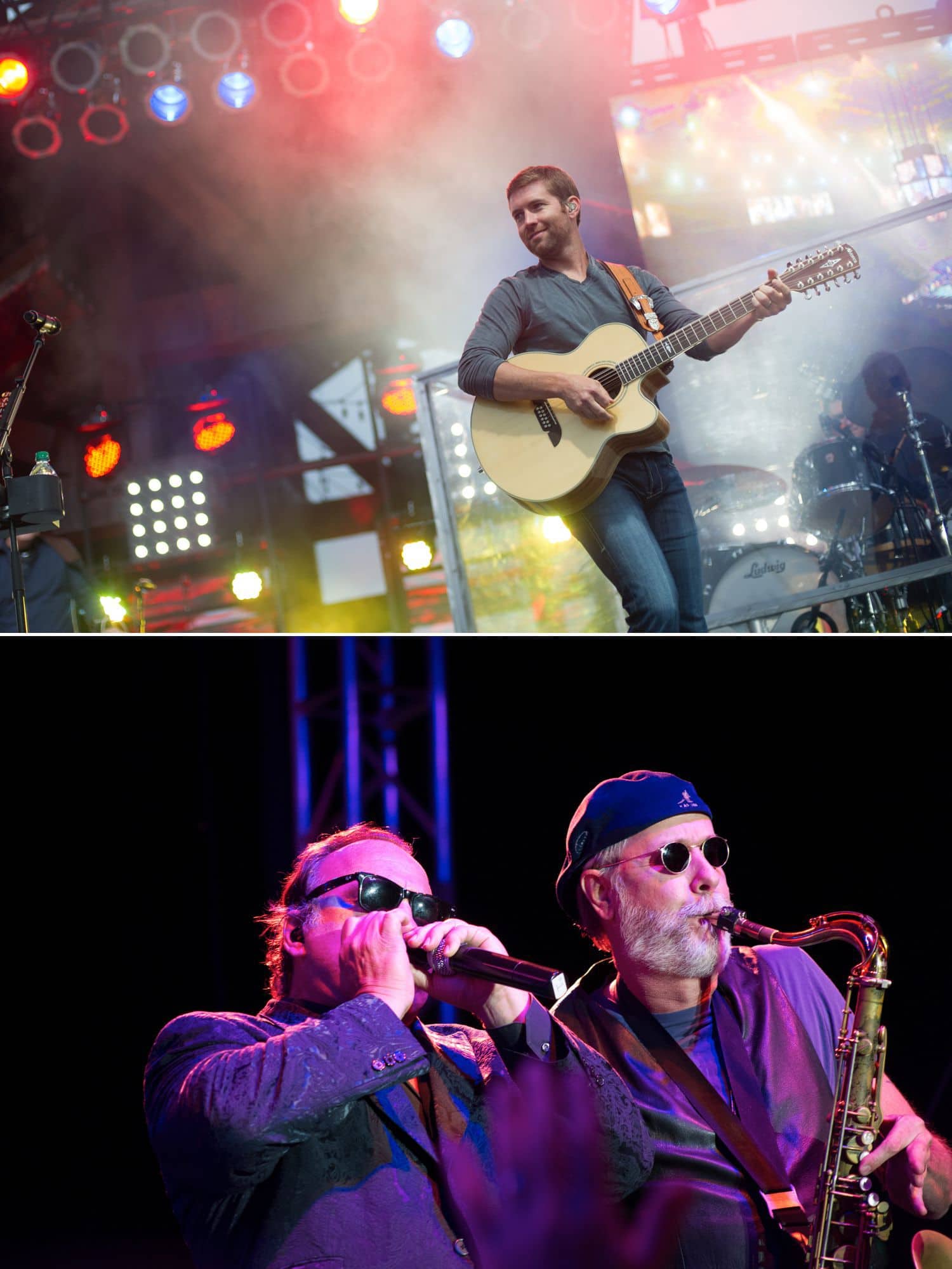
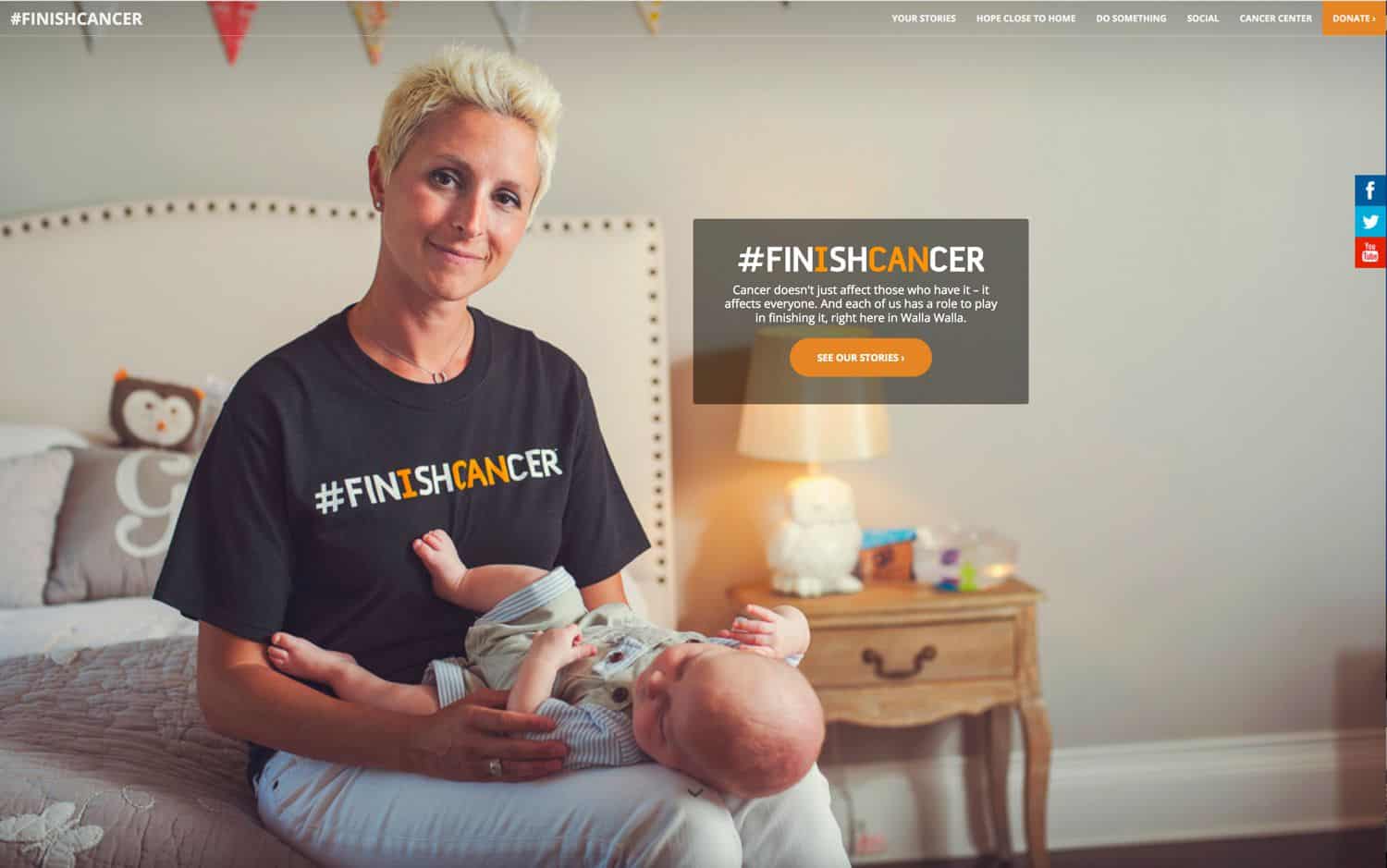
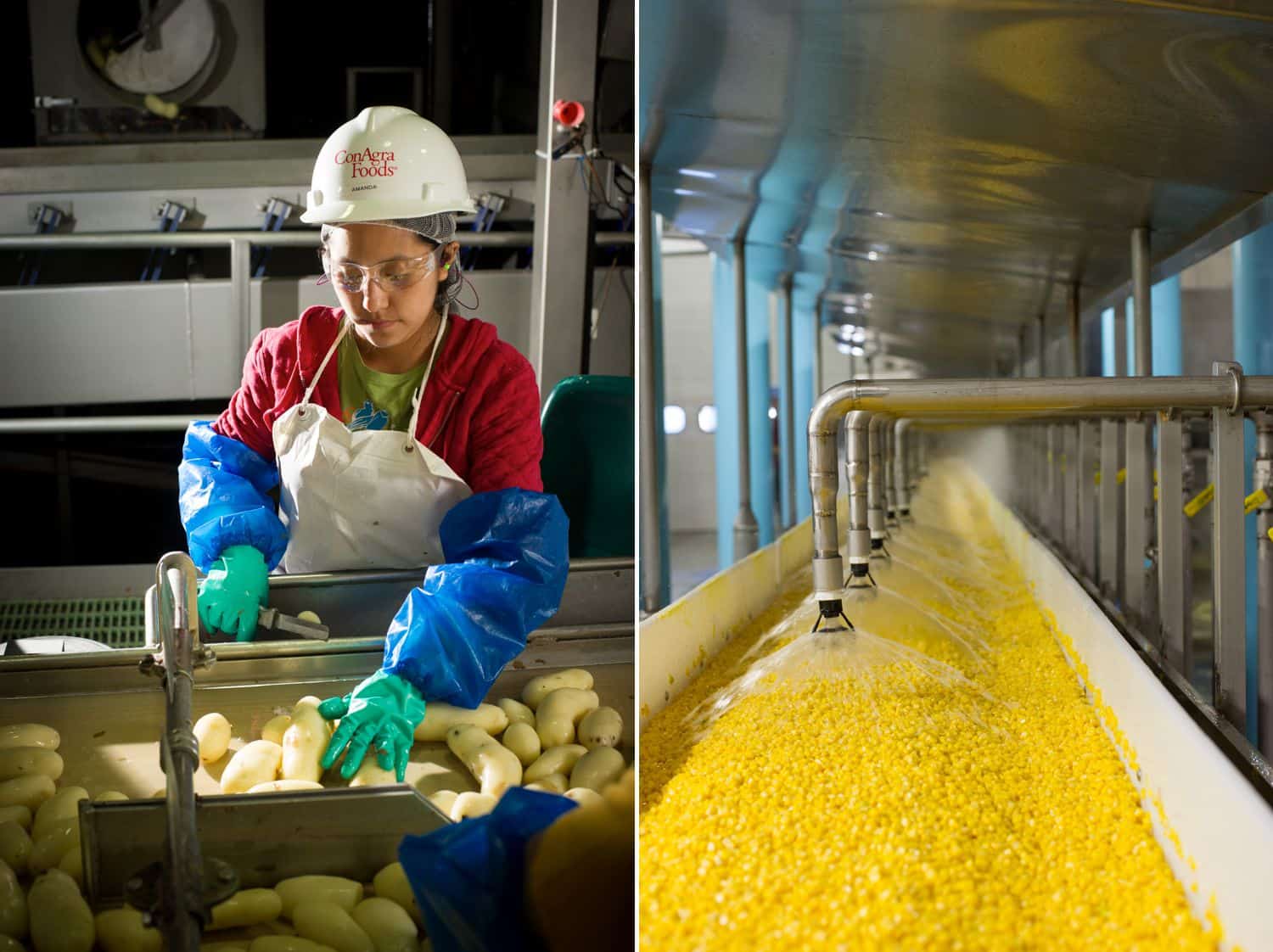

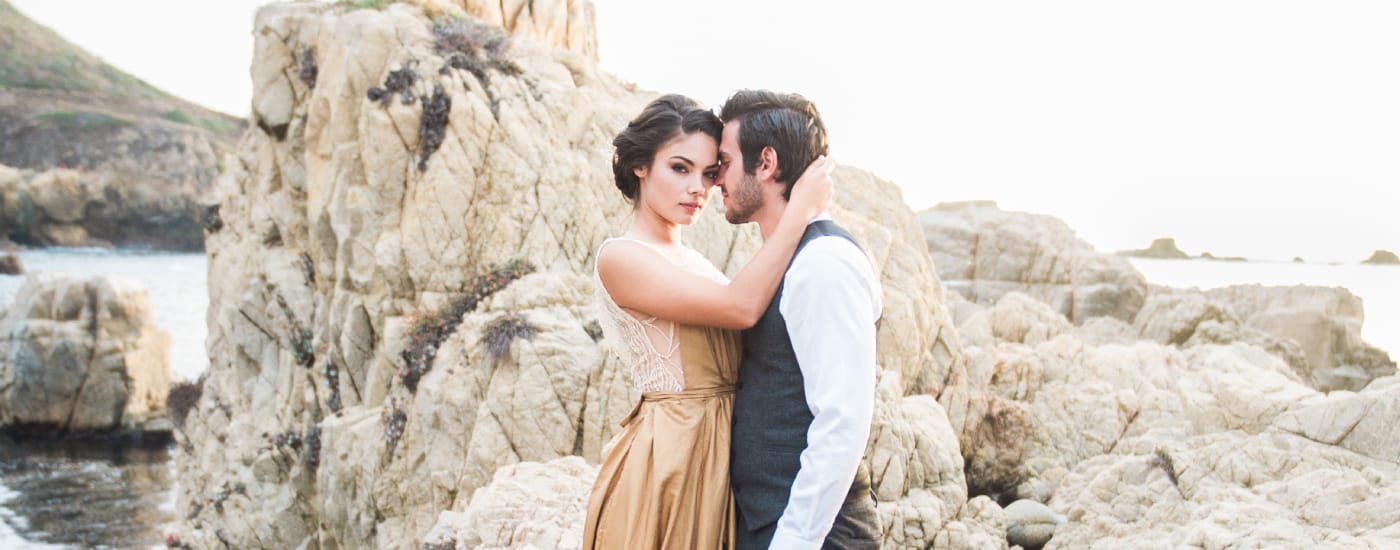

Comments